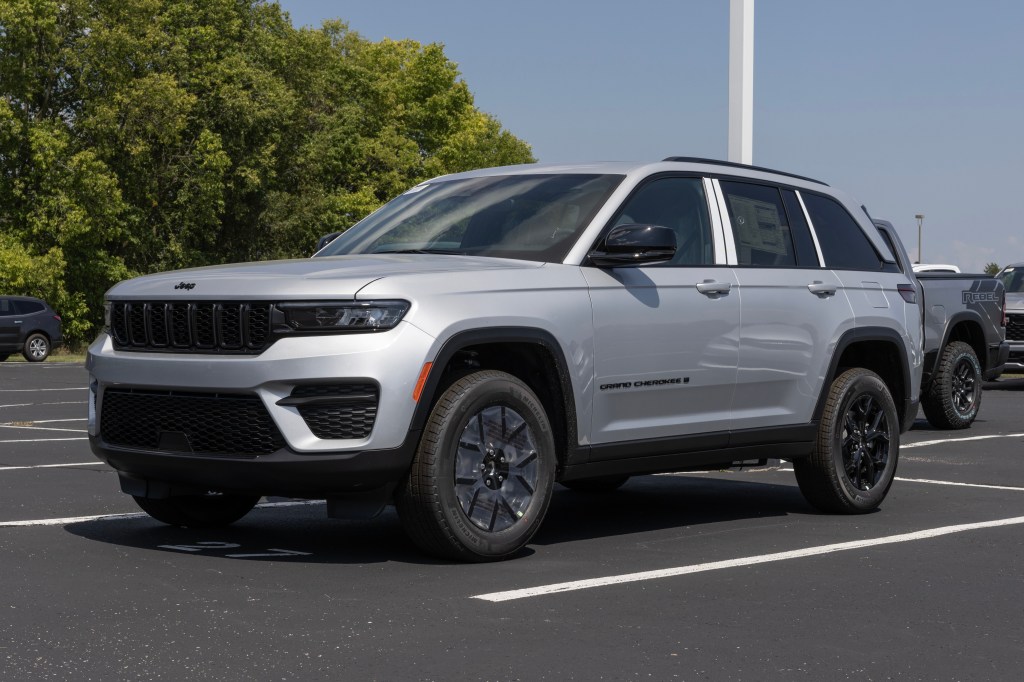These two facts are connected: Trucks and SUVs are now about 80% of new car sales in the United States, part of a trend whereby, over the last three decades, the average U.S. passenger vehicle has gotten about 10 inches longer, 8 inches taller and 1,000 pounds heavier. And nationwide pedestrian deaths have been rising, with more than 7,500 defenseless walkers brutally victimized by automobiles in 2022, reflecting an 80% increase from 2009 lows.
Last year, the Insurance Institute for Highway Safety analyzed 17,897 crashes involving a single passenger vehicle and a single pedestrian — and found that “pickups, SUVs and vans with a hood height greater than 40 inches are about 45% more likely to cause fatalities in pedestrian crashes than cars and other vehicles with a hood height of 30 inches or less and a sloping profile.”
The size of automobiles is obviously not the only thing killing pedestrians. Drunk driving remains a scourge. Distracted driving is a scourge, too. Speeding is a killer. And, as proven by the successful street and intersection redesigns associated with Vision Zero — which have lowered pedestrian fatalities in the five boroughs — the layout of countless roads, sidewalks, intersections and crosswalks are crying out for fixes.
But vehicle weight and height matter a lot, so consumers should buy cars with a clear understanding of the potential safety benefits and risks to themselves and others. Which brings us to the Pedestrian Protection Act, legislation proposed by Pennsylvania Congresswoman Mary Gay Scanlon.
The bill would do something simple but essential: Have cars’ National Highway Traffic Safety Administration ratings reflect the dangers that massive vehicles pose to pedestrians, so that some of the heaviest trucks and SUVs that carry the greatest risk don’t pass those tests with flying colors.
The bill wouldn’t bar purchase of those vehicles or tax them more — merely inform would-be buyers that if these behemoths come into conflict with pedestrians, they’re likelier to kill them. Sometimes we see the roads as zero-sum places where the interests of drivers, bicyclists and walkers are at odds with one another, but a single pedestrian fatality has tragic ripple effects on the lives of the victim and perpetrator alike. It’s in everyone’s interest to minimize their numbers.
Under the bipartisan infrastructure law, the NHTSA proposed a test to identify automobiles that are less likely to kill a pedestrian in a crash, including “front end shapes that would cause less harm (i.e., injuries) to a pedestrian if a vehicle hits that pedestrian.” It was a fine idea — except the tests would be entirely voluntary, leaving car makers to opt out with their most road-hogging trucks and SUVs.
The Biden administration has been taking smart steps forward to make roads safer. Transportation Secretary Pete Buttigieg is moving to require all new vehicles to include advanced safety technology including pedestrian-collision avoidance and automatic breaking systems. For all the talk about self-driving cars, an advance that’s eternally right around the corner, computer-aided driving that adds electronic eyes helping humans make split-second decisions is already here, and it can save hundreds of lives, not to mention avert thousands of life-changing injuries.
Given the complexity of the problem, there’s no silver, iron or steel bullet — just dozens of smart steps, akin to the advent of seatbelts and drunk driving laws. Get to it, and pass this law.
